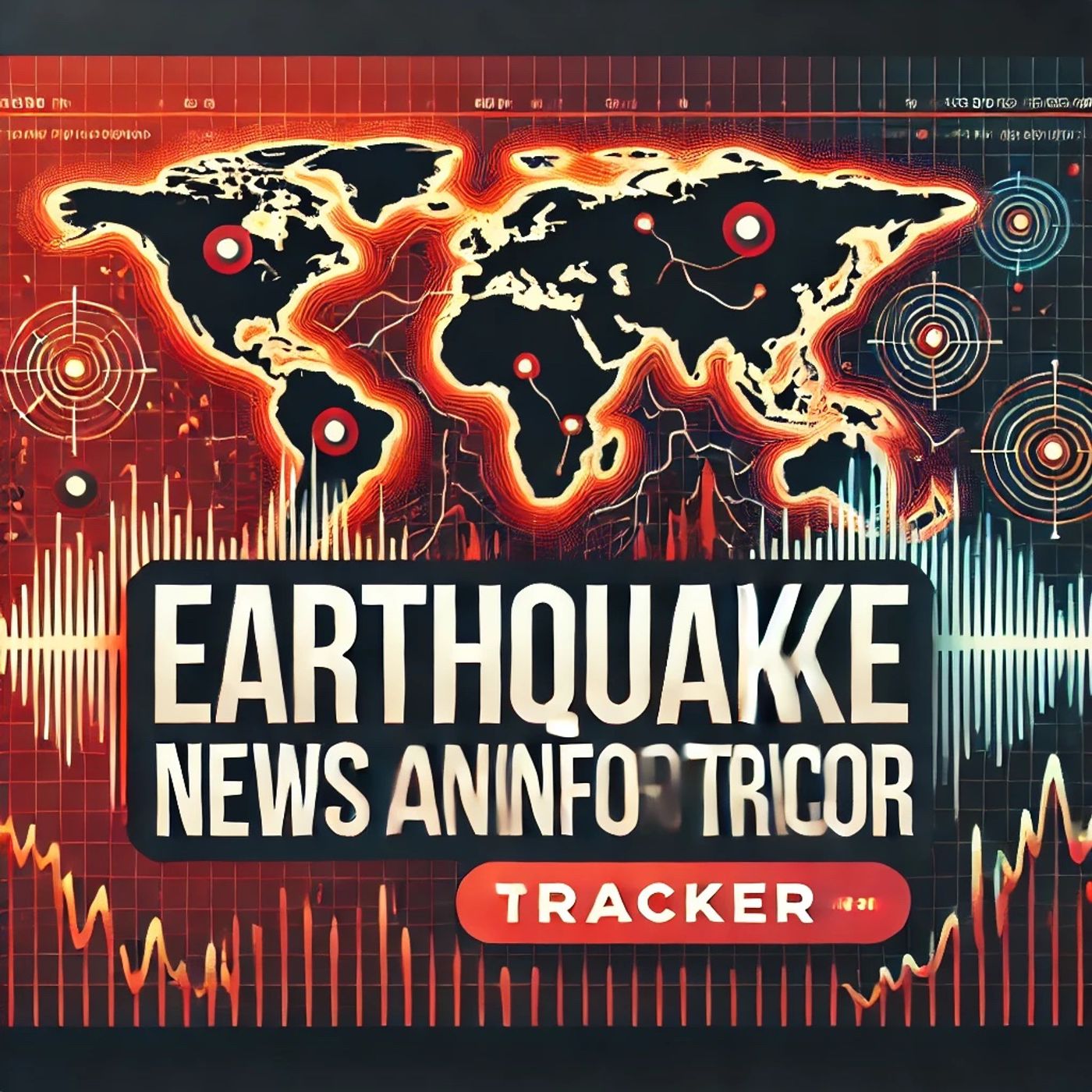Jan 11 2025 3 mins
The Night the Earth Shook
In late December 2004, a cataclysmic event unfolded beneath the waters near Sumatra, reverberating around the globe. On December 26th, the undersea megathrust earthquake, recorded at a staggering magnitude of 9.1-9.3, became one of the most powerful ever documented. Triggering immense tsunamis, it resulted in widespread devastation across 14 countries, leading to the tragic loss of over 230,000 lives.
The earthquake's epicenter was located off the west coast of northern Sumatra, Indonesia, where the Indo-Australian Plate is subducting beneath the Eurasian Plate. This colossal shift in the earth's crust released enough energy to rupture a nearly 1,300-kilometer segment of the fault line, producing shockwaves that traveled thousands of kilometers. The tsunamis reached coastlines with waves up to 30 meters high, catching many coastal communities completely off guard.
In the midst of such overwhelming destruction, the United States Geological Survey (USGS) played a crucial role in the aftermath. The event highlighted the importance of their global monitoring systems, which quickly detected the quake and issued alerts. However, at that time, the Indian Ocean region lacked an efficient tsunami warning system, leaving millions of people unprepared for the disaster that followed the seismic event.
USGS scientists and emergency responders sprang into action, providing critical data and insights. They established rapid communication channels with international partners, which was vital for coordinating rescue operations and humanitarian aid efforts. Teams of geologists, seismologists, and engineers were mobilized to assess the damage and help communities in rebuilding efforts while evaluating how future events of similar magnitudes could be better managed.
Seismologists from the USGS shared their personal experiences dealing with the crisis. Many recalled the urgency and scale of the operation, with data and eyewitness reports flooding in from all over the world. The digital age allowed researchers to share their analyses almost in real-time, transforming how the global community responds to natural disasters. USGS worked in tandem with organizations like the Pacific Tsunami Warning Center to emphasize the indispensable need for improved early-warning systems, not just locally but globally.
This earthquake served as a pivotal moment in the development of tsunami warning systems. In the years following the disaster, significant international efforts have been made to implement robust early-warning systems in the Indian Ocean. Countries have upgraded their seismic networks and deployed deep-sea buoys to monitor ocean conditions effectively. These efforts aim to prevent a repeat of the 2004 tragedy, ensuring that should another massive underwater earthquake occur, coastal populations can be evacuated in time to save lives.
The 2004 Indian Ocean earthquake and the ensuing tsunami is a somber reminder of nature's unpredictable might. Yet it also showcases the resilience of human communities and the scientific community's relentless pursuit to harness technology for better disaster preparedness and response. As we look back on that night when the earth shook, the stories of those who witnessed and responded to the calamity serve as a testament to the enduring human spirit.
In late December 2004, a cataclysmic event unfolded beneath the waters near Sumatra, reverberating around the globe. On December 26th, the undersea megathrust earthquake, recorded at a staggering magnitude of 9.1-9.3, became one of the most powerful ever documented. Triggering immense tsunamis, it resulted in widespread devastation across 14 countries, leading to the tragic loss of over 230,000 lives.
The earthquake's epicenter was located off the west coast of northern Sumatra, Indonesia, where the Indo-Australian Plate is subducting beneath the Eurasian Plate. This colossal shift in the earth's crust released enough energy to rupture a nearly 1,300-kilometer segment of the fault line, producing shockwaves that traveled thousands of kilometers. The tsunamis reached coastlines with waves up to 30 meters high, catching many coastal communities completely off guard.
In the midst of such overwhelming destruction, the United States Geological Survey (USGS) played a crucial role in the aftermath. The event highlighted the importance of their global monitoring systems, which quickly detected the quake and issued alerts. However, at that time, the Indian Ocean region lacked an efficient tsunami warning system, leaving millions of people unprepared for the disaster that followed the seismic event.
USGS scientists and emergency responders sprang into action, providing critical data and insights. They established rapid communication channels with international partners, which was vital for coordinating rescue operations and humanitarian aid efforts. Teams of geologists, seismologists, and engineers were mobilized to assess the damage and help communities in rebuilding efforts while evaluating how future events of similar magnitudes could be better managed.
Seismologists from the USGS shared their personal experiences dealing with the crisis. Many recalled the urgency and scale of the operation, with data and eyewitness reports flooding in from all over the world. The digital age allowed researchers to share their analyses almost in real-time, transforming how the global community responds to natural disasters. USGS worked in tandem with organizations like the Pacific Tsunami Warning Center to emphasize the indispensable need for improved early-warning systems, not just locally but globally.
This earthquake served as a pivotal moment in the development of tsunami warning systems. In the years following the disaster, significant international efforts have been made to implement robust early-warning systems in the Indian Ocean. Countries have upgraded their seismic networks and deployed deep-sea buoys to monitor ocean conditions effectively. These efforts aim to prevent a repeat of the 2004 tragedy, ensuring that should another massive underwater earthquake occur, coastal populations can be evacuated in time to save lives.
The 2004 Indian Ocean earthquake and the ensuing tsunami is a somber reminder of nature's unpredictable might. Yet it also showcases the resilience of human communities and the scientific community's relentless pursuit to harness technology for better disaster preparedness and response. As we look back on that night when the earth shook, the stories of those who witnessed and responded to the calamity serve as a testament to the enduring human spirit.
